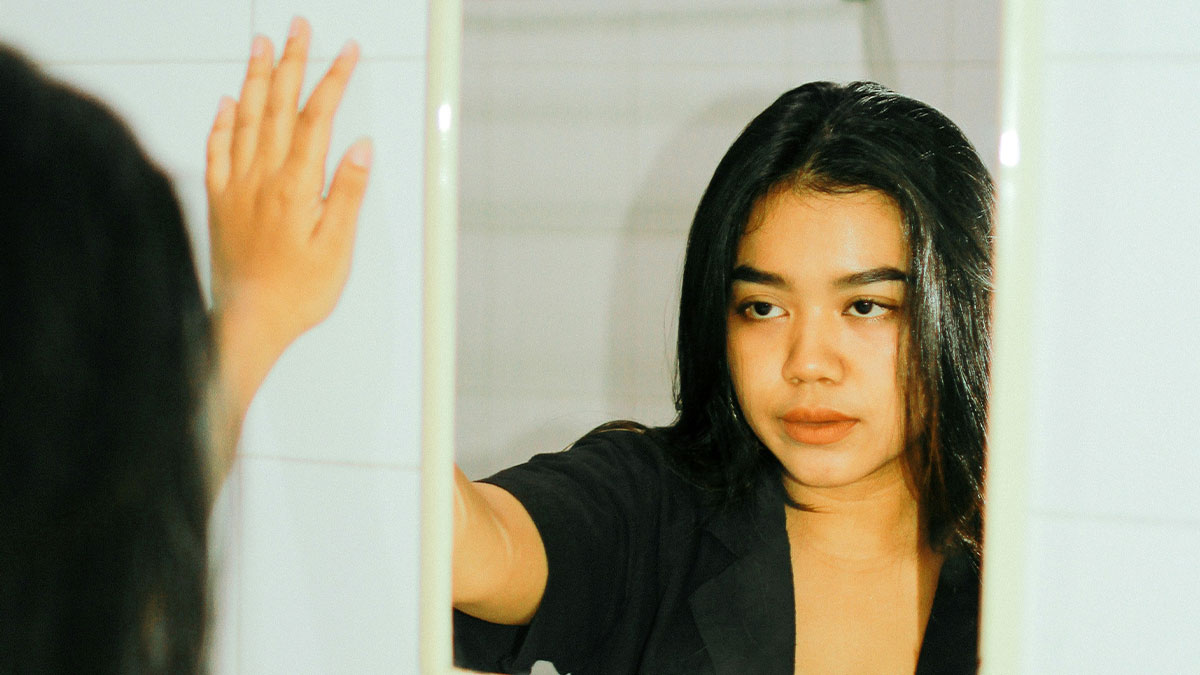Have you ever flipped through a Thai magazine or scrolled through local social media feeds and felt like everyone looked the same—super fair skin, tiny waist, sharp jawline, and not a single blemish in sight? If yes, you’re not alone. Thailand, like many countries, is facing a growing issue that often hides behind glam and gloss: unhealthy beauty standards.
These standards are shaping how people—especially young women—see themselves, and it’s not always in a good way. Let’s dive into what’s fueling these expectations, how they’re affecting lives, and why it’s time to redefine what “beauty” really means in Thailand.
Where Do These Beauty Standards Come From?
To understand why certain looks are glorified in Thailand, we need to rewind a bit and explore a mix of cultural roots, media influence, and societal pressures.
Fair Skin Obsession
First off, let’s talk about the elephant in the beauty salon—skin tone. In Thailand, lighter skin is often associated with beauty, status, and wealth. This stems from older beliefs where having fair skin meant you didn’t have to work outdoors like farmers or laborers. Fast forward to now, and this idea is still deeply rooted in people’s minds.
Ever noticed how most Thai beauty products have “whitening” or “brightening” written on the label? That’s no accident. Many people go out of their way—using whitening creams, pills, and even risky injections—to look lighter. It’s no longer just a preference; for many, it’s a social pressure.
Media’s Picture-Perfect World
Then there’s the media and entertainment industry. Thai TV shows, music videos, and magazines almost exclusively feature actors and models who fit a specific mold: thin, tall, fair-skinned, and with facial features closer to Western ideals. This bombardment of unrealistic beauty standards conditions people, especially young girls, to believe that this is what they should look like to be considered attractive or successful.
The Real-Life Impact: More Than Just Skin Deep
It’s not just about wanting to look good. These beauty standards are having a serious impact on mental health, confidence, and daily life in Thailand. Let’s break it down.
1. Low Self-Esteem and Body Image Issues
When the “ideal” look is nearly impossible to achieve for most, it creates a deep sense of insecurity. Many people, especially teenagers and young adults, feel like they’re constantly falling short. This can lead to self-doubt, anxiety, and in some cases, depression.
2. Rise in Cosmetic Procedures
Because of this pressure, there’s been a noticeable increase in plastic surgery and cosmetic treatments. From eyelid surgery to nose reshaping and skin bleaching, people are going under the knife not because they want to, but because they feel they have to in order to fit in.
3. Discrimination and Social Bias
Sadly, these beauty standards also feed into colorism and sizeism. People with darker skin or heavier body types often face teasing, bullying, or are overlooked in job interviews and the entertainment industry. It’s not just shallow—it’s systemic.
Beauty Expectations in Thailand: A Quick Comparison Table
Here’s a look at the typical beauty expectations in Thailand versus more inclusive, global movements.
| Category | Traditional Thai Standards | Global Inclusive Trends |
|---|---|---|
| Skin Tone | Fair, pale skin | Any skin tone is beautiful |
| Body Type | Slim and petite | All body types celebrated |
| Facial Features | Sharp nose, double eyelids | Natural features embraced |
| Hair | Straight, dark hair | All textures and colors accepted |
| Beauty Products | Whitening, lightening focus | Hydration, skin health focused |
This comparison shows how outdated and narrow the local beauty mold is compared to the more accepting standards we’re starting to see around the world.
The Role of Social Media and Influencers
Here’s a twist: while social media has fueled some of these unhealthy ideals, it’s also slowly becoming a tool for change. Platforms like Instagram, TikTok, and YouTube have given space to influencers who are breaking the mold—promoting body positivity, self-love, and authenticity.
Still, it’s a mixed bag. Filters, face-tuning apps, and pressure to look “Insta-perfect” are also contributing to distorted self-images. So, it really comes down to who you follow and what messages you allow to shape your view of beauty.
How Can Thailand Shift Toward Healthier Beauty Ideals?
Let’s be real—changing deeply embedded societal standards doesn’t happen overnight. But that doesn’t mean it’s impossible. In fact, every conversation, every campaign, and every brave selfie without a filter moves the needle.
1. Media Representation
We need more diversity in Thai media—from TV shows to ads to fashion runways. Seeing people of different skin tones, body types, and backgrounds sends a powerful message: beauty isn’t one-size-fits-all.
2. School and Workplace Education
Teaching young people about body image, mental health, and media literacy can help them navigate the pressure and build self-worth from the inside out.
3. Empowering Local Voices
Supporting local influencers, artists, and creators who promote realistic beauty standards helps amplify the message that you don’t have to change yourself to be enough.
Conclusion: Time to Redefine Beauty
The truth is, beauty in Thailand has been boxed into a narrow space for too long. And it’s not just harming people’s confidence—it’s messing with their health, finances, and self-worth. But here’s the good news: change is already underway, and you can be a part of it.
Whether you choose to go natural, wear makeup, get cosmetic work done, or not—it should be your choice, not society’s command. Beauty should empower you, not limit you. It’s high time we celebrated uniqueness over uniformity, and confidence over conformity.
Next time you look in the mirror, don’t ask, “Do I look like them?” Ask instead, “Do I feel like me?”
